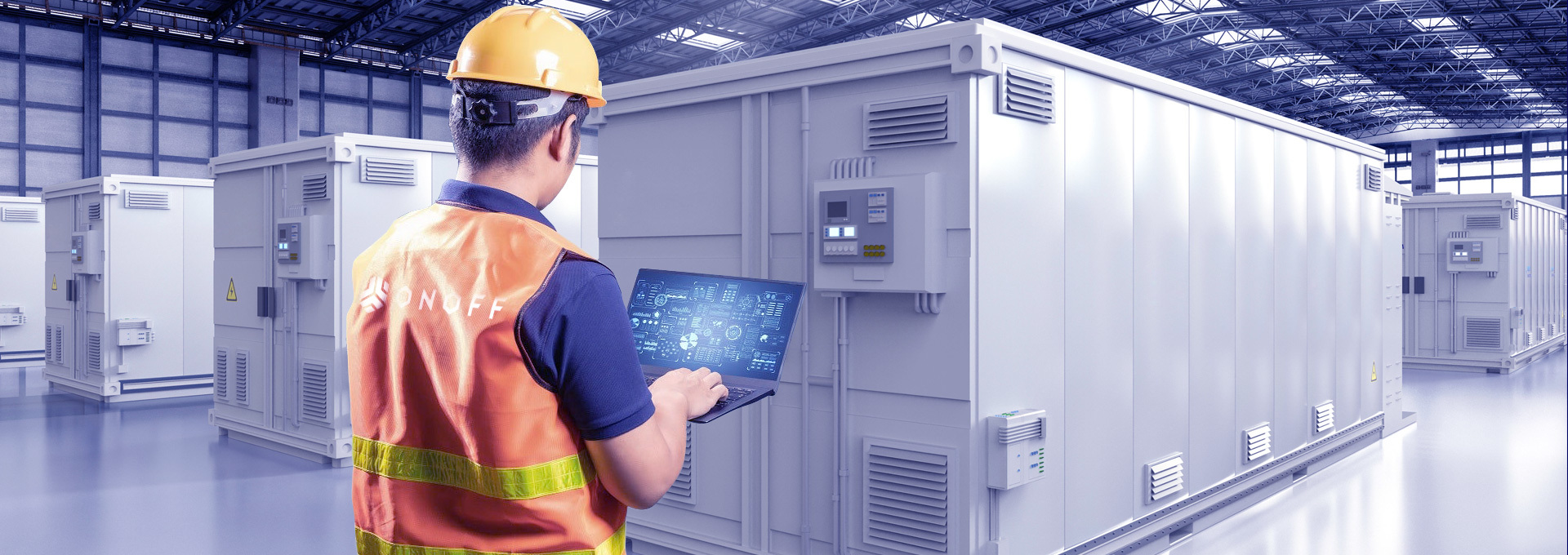The following points need to be noted:
1. The range of equipment weight to be carried, used for product model selection. Under the condition of meeting the requirements, offers better economic benefits;
2. Environmental requirements, used to select the protective requirements of the cabinet, such as IP rating and anti-corrosion;
1. System control strategy is designed based on battery cell characteristics, with complete insulation/protection/EMC design to ensure system safety and reliability.
2. Comprehensive battery cell detection enables early risk identification and control, while pack-level monitoring allows for early detection and control of anomalies.
3. Fire prevention design prevents the spread of disasters. A system-level water + perfluorohexane fire suppression system ensures controllable risks.
1. High electricity demand. Enterprises/scenarios with high electricity demand, such as industrial parks, manufacturing, and data centers, typically have highly volatile electricity consumption. Industrial and commercial energy storage systems can help these enterprises smooth their electricity consumption curves and reduce electricity costs.
2. High electricity quality requirements. Some enterprises and parks experience low voltage during production, especially during peak load periods, where the end voltage is severely below the line. Equipping an industrial and commercial energy storage system can stabilize electricity output, improve electricity quality, and prevent production impacts caused by electricity fluctuations or interruptions.
3. Large peak-valley price difference. Enterprises' electricity consumption follows local time-of-use electricity pricing policies, with a large average peak-valley price difference. Enterprise electricity loads cover peak periods (and peak periods, if any). During off-peak and flat periods, the transformer still has sufficient remaining capacity to charge the energy storage system, excluding the enterprise's original load.
1. The main circulation pump is malfunctioning, reducing coolant flow and causing an overheating warning in the heating unit.
2. There may be some air remaining in the liquid cooling circuit that has not been completely discharged, resulting in insufficient system heat dissipation performance.
3. The electric control valve flow path switching is abnormal, leading to abnormal internal and external circulation flow distribution, and the system cannot dissipate heat normally
1. There is a leak in the liquid cooling circuit; check the entire circulation loop for leaks.
2. The pressure regulator is malfunctioning, such as insufficient pre-charge pressure or insufficient liquid level.
3. Filter clogging or pipe blockage causes excessively low pressure in the downstream section.
1. High load capacity. A single cabinet can support a power of ≥50kW, up to 100kW, far exceeding the current level of air cooling and plate liquid cooling;
2. Low noise. Without fans, a silent server room can be achieved, facilitating maintenance and reducing downtime failures;
3. Extended server lifespan. The server is immersed in coolant, free from dust and other pollutants, greatly extending the server's service life;
4. Low PUE value. Reduced additional energy consumption in the server room, improving energy efficiency.
CONTACT US
Service Hotline:
Mail:onoff@onoff.com.cn
Address: Yanjiao National High tech Industrial Development Zone, Langfang, China
Copyright © 2025 Onoff Electric Co., Inc
P0wer by:300.cn



